■ Previous GM Sound Source Series
GM Sound Source 01: Ancient GM Sound Sources
GM Sound Source 02: Piano Category
GM Sound Source 03: Chromatic Percussion Category
GM Sound Source 04: Organ Category
GM Sound Source 05: Guitar Category
The bass is the foundation of an ensemble, providing the fundamental support for the music. While it is difficult to replicate the subtle nuances of live performance through sequencing, basslines often do not require such expressiveness. Instead, steady and precise note input is often preferred. This makes the bass one of the most suitable instruments for sequencing. Since the bass is typically played monophonically, it is recommended to set it to monophonic mode with portamento enabled.
033 000 Acoustic Bass - Range: E1-G3
This is an acoustic bass, also known as an upright bass, double bass, or contrabass. The sampled playing style is pizzicato, where the strings are plucked with fingers. Unlike fretted instruments, the real instrument requires precise fingering for accurate intonation, which makes it expressive yet challenging to play. In sequencing, while pitch accuracy is ensured, achieving the same level of expressiveness remains difficult.
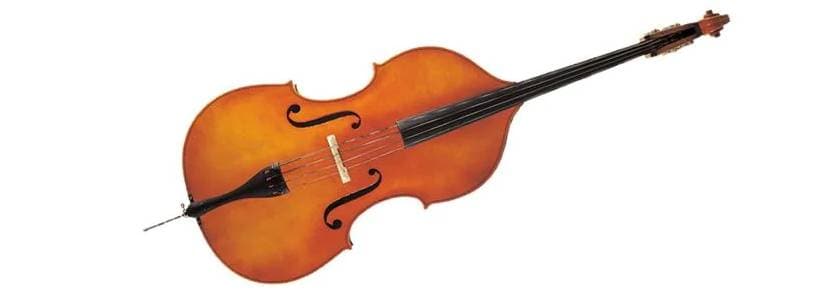
Electric Bass - Fingerstyle
The fingerstyle technique, often called two-finger picking, is the standard approach, typically using the index and middle fingers. Two of the most iconic electric bass models are the Fender Jazz Bass and Fender Precision Bass, both of which dominate the industry. The photo below shows a Jazz Bass.
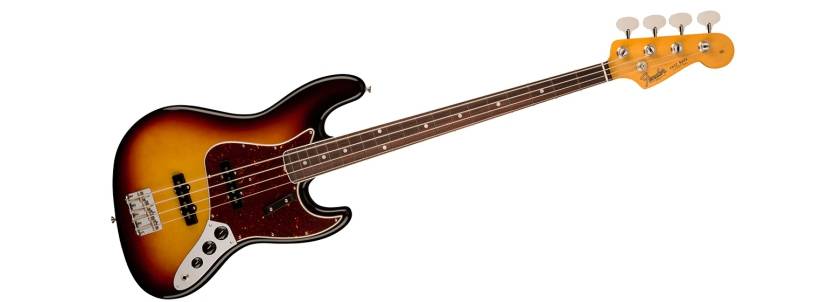
034 000 Fingered Bass (Range: E1-G3)
A standard fingered bass sound, versatile and easy to use.
034 001 Finger J. Bass - Range: E1-G3
A variation of the fingered bass with a slightly thicker tone and sharper attack, though the difference is subtle.
035 000 Picked Bass - Range: E1-G3
This is the sound of an electric bass played with a pick, emphasizing a stronger attack. Many bassists use a Fender Precision Bass with a pick to create a gritty, aggressive tone. The Precision Bass, introduced in 1951, was the world’s first electric bass. Before its invention, the double bass was the only available bass instrument. By adding frets, Fender enabled bassists to play with precise intonation, leading to the instrument’s name—’Precision’. In 1957, its design was updated to the now-familiar shape.
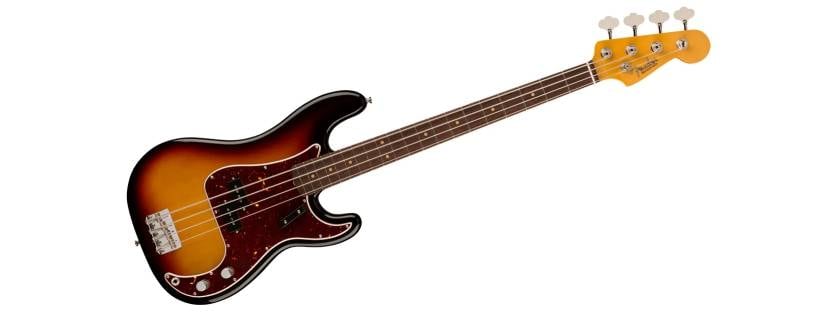
036 000 Fretless Bass - Range: E1-G3
A fretless electric bass played with fingers. The attack is softer, giving it a unique, expressive character. One of the most famous fretless bassists is Jaco Pastorius. The image below shows his signature model, where the fret lines are merely inlaid wood of a different color, rather than actual frets.
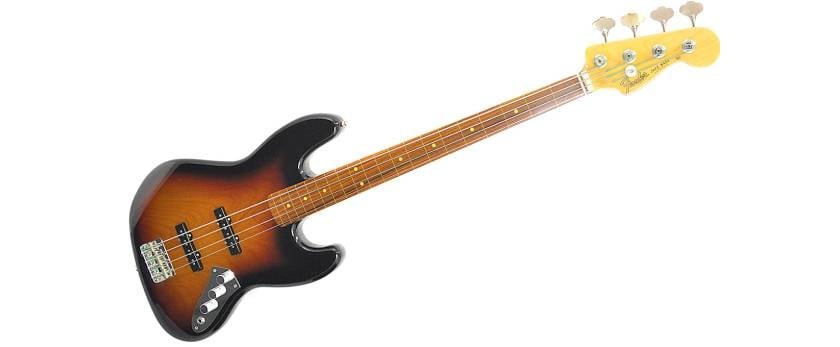
037 000 Slap Bass 1 - Range: E1-G3
Slap bass is a technique where the strings are slapped and popped, producing a highly percussive sound. By striking the strings against the frets, a sharp attack noise is created, allowing the bass to stand out prominently in a mix. This technique is widely used by jazz, fusion, and funk musicians.
038 000 Slap Bass 2 - Range: E1-G3
The same slap bass technique is used here, but this variation has a more compressed, squashed tone. When heard in isolation, it might seem less usable, but in an ensemble setting, it surprisingly becomes quite effective. This phenomenon occurs frequently with bass sounds, as their true potential is realized within the mix, rather than when played solo.
Synth Bass 1
From this point on, we enter the world of synth bass sounds, which are electronically generated. These tones work well with TTS-1’s filters and other processing. For sounds that can be linked to a specific hardware model, I’ve included photos of the original instruments.
039 000 Synth Bass 1 - Range: B0-G3
The undisputed king of synth bass is the Minimoog. Its classic monophonic analog bass sound was introduced in 1970 and has remained timeless. However, the TTS-1 version lacks the thickness of the real Minimoog, resulting in a much cleaner and lighter sound.

039 001 SynthBass 101 (Warm) - Range: B0-G3
This sound is based on the Roland SH-101, a simple but solid analog synth bass introduced in 1983. Among the TTS-1 synth bass presets, this one has the roundest and warmest tone.
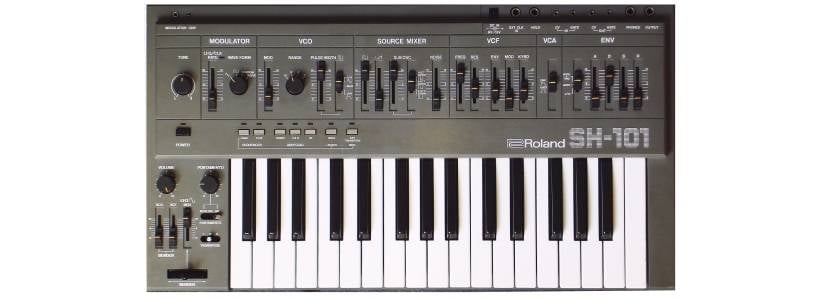
Roland SH-101 - Own work, CC-BY-SA 3.0 Unported (Sourced from Wikipedia)
039 002 Acid Bass (Resonance) - Range: B0-G3
This synth bass sound is also modeled after the Minimoog, but with a strong resonant filter. The velocity sensitivity controls the filter’s intensity. Since GM sound modules generally lack deep parameter control, this sound cleverly compensates for that limitation with its built-in dynamics.
039 003 Clavi Bass - Range: B0-G3
A clavinet-style synth bass, characterized by a sharp, percussive attack.
039 004 Hammer - Range: B0-G3
This bass sound has an attack similar to a hammer-on on an electric bass. Alternatively, it could reference the synth bass tones played by Jan Hammer on the Minimoog. The exact origin of the name remains uncertain.
Synth Bass 2
This category consists of synth bass tones with a clearer and more defined attack.
040 000 Synth Bass 2 - Range: B0-G3
An analog-style synth bass, though with a different character compared to 039 000 (Synth Bass 1).
040 001 Beef FM Bs (Attack) - Range: B0-G3
This sound is based on the Yamaha DX7, a digital FM synthesizer released in 1983. It has a deep, punchy low-end, typical of FM synthesis, and resembles one of the DX7’s factory presets. The FM-modulated sine waves create a tone impossible to achieve with analog synths.
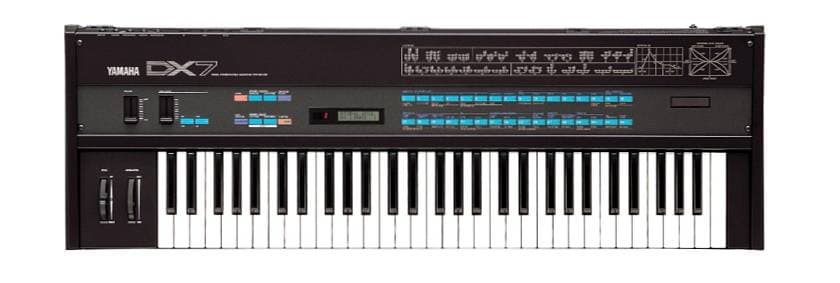
040 002 Rubber Bass - Range: B0-G3
A bouncy, elastic-sounding synth bass, reminiscent of a bouncing rubber ball.
040 003 Attack Pulse - Range: B0-G3
This bass uses a pulse (square) wave, producing a strong, defined attack. However, its sustain phase is more subdued.
The “sound & person” column is made up of contributions from you.
For details about contributing, click here.











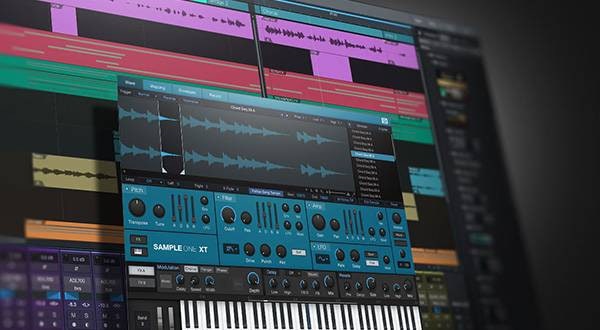

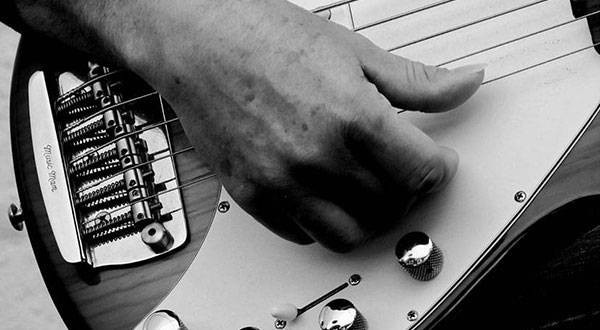
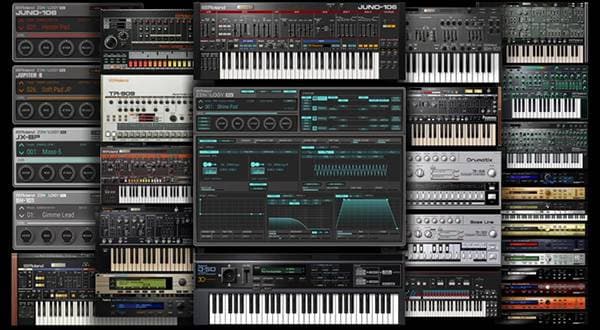
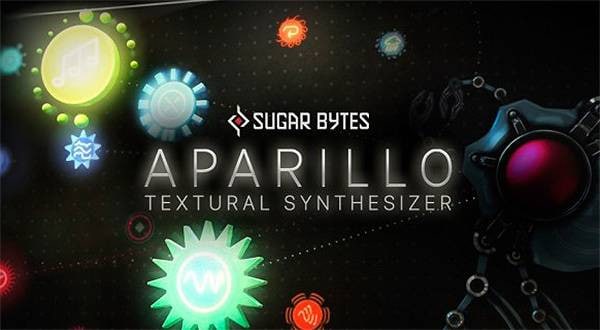
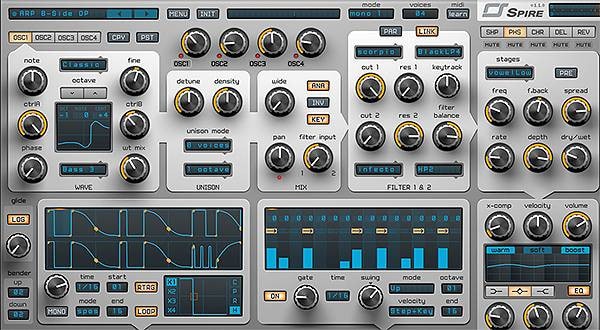
 定番DAWソフトウェア CUBASE
定番DAWソフトウェア CUBASE
 iZotopeが手がけるオールインワンDAW “Spire”
iZotopeが手がけるオールインワンDAW “Spire”
 DTMに必要な機材
DTMに必要な機材
 UR-RT4 ソフト音源やループ素材をリアンプ
UR-RT4 ソフト音源やループ素材をリアンプ
 超オススメのフレーズ道場 ベース
超オススメのフレーズ道場 ベース
 DTM・DAW購入ガイド
DTM・DAW購入ガイド















